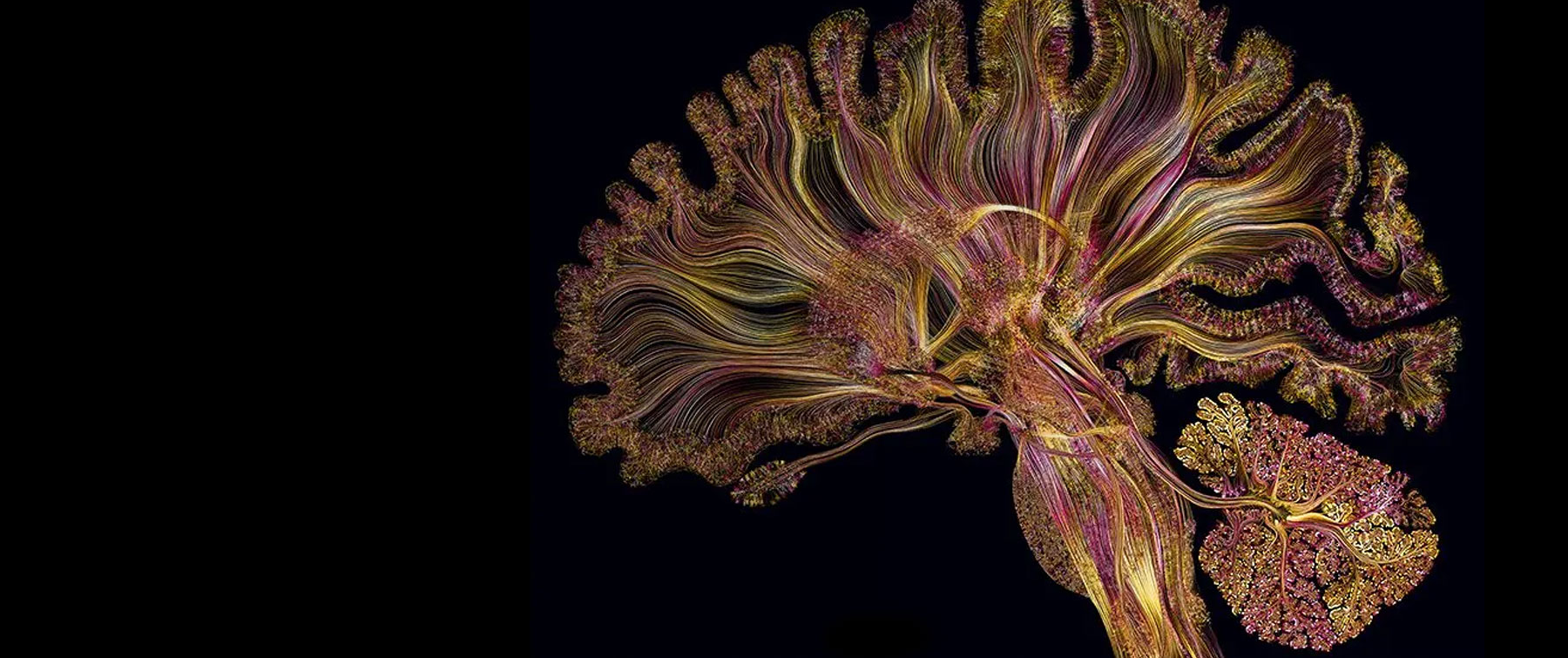
Supercharging Meditation Research through Citizen Science
Our Vision
We collect anonymized brainwave samples annotated for depth by expert and committed meditators at scale. Our brainwave database is used by citizen scientists and academics to refine feedback protocols and validate meditation research.
&
Through our accessible mobile app, meditators at home can now access cutting edge neurofeedback protocols tailored to technique and experience levels.
Learn More
Our Mission

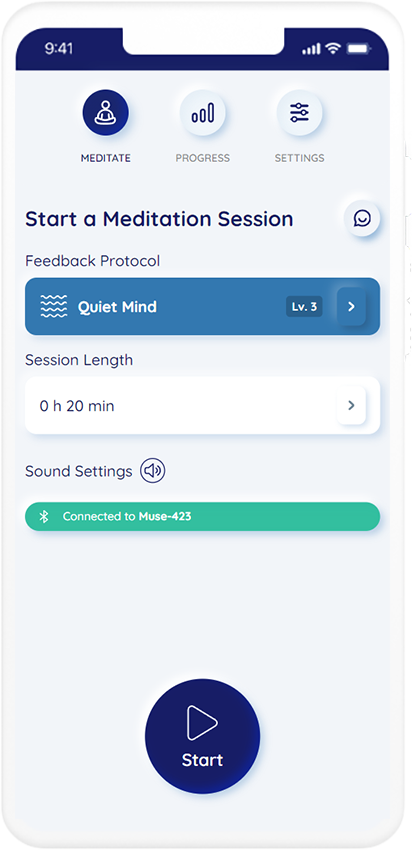
The IMBR was founded to validate and extend academic research on how different meditative states correlate with brainwaves.
Our Story
Chapter 1: Am I Doing It Right?
The Institute for Meditation Brainwave Research (IMBR) founder, Mark McDonough, has been studying various forms of meditation since the 70's. Like so many people, he was frustrated by slow progress. He yearned for objective feedback to know if he was doing the right things and getting to the right places.
When learning to play a musical instrument, a music teacher can hear and see you play to give you very precise feedback. Unfortunately, meditation teachers can't see what is going on inside your mind to give you explicit feedback.
In a search for objective feedback, Mark set out to study EEG-based neurofeedback because it can give second-by-second reports on brain states. Traditional EEG equipment costs thousands of dollars and requires a 5-10 min setup with electrodes covered with sticky paste. Even if you could afford the equipment, having to wash your hair after every use makes traditional EEG equipment a non-starter for daily practice.
Chapter 2: EEG Neurofeedback Becomes Available in Everyday Life
The Muse™ is a breakthrough in meditation training because it is not too expensive, set-up is as easy as putting on a pair of sunglasses, and you do not have to wash your hair after every use. It is a great tool for beginners to learn focused meditation, but it does not cover the full range of meditation styles or experience levels.
IMBR set out to create software for Muse's breakthrough hardware to give feedback for a wide variety of meditation styles and levels of expertise. Being a very curious fellow, the founder also wanted to create software that would tell him what was going on when he was not in the zone and what to do about it.
Chapter 3: Meditation Research & the Replication Problem
To craft protocols tuned to different styles and levels of meditation, IMBR delved into extensive academic research on EEG and meditation. After synthesizing the results from over 300 academic research papers, it became painfully apparent that the science of EEG and meditation has not cohered into a reliable body of knowledge.
We believe this is because:
- There isn't sufficient segmentation of results by meditation type and level. Every meta study on the EEG of meditation comes up with mixed results because they are mixing different types of meditation and levels of training.
- There isn't enough replication of study results.
Academic research can create very accurate results, but the results are unreliable unless they are replicated. Academic research is rarely replicated because it is expensive and scientists (being entirely human) would rather be known for creating new knowledge than replicating someone else's work.
Even when similar brainwave metrics are used on the same type of meditation, we often see contradictory results (e.g. Alpha goes up in one study and down in another.) Without more replication, it is hard to know which results are reliable and which are statistical anomalies from too much variance in the types of subjects, procedures, or equipment.
In 2015, Science magazine published a bombshell report on the efforts of the Open Science Collaborative to replicate 100 studies published in three top psychology journals in 2008. Only 36% of these replicated studies showed statistical significance! They concluded that the poor results were not from cheating in the original studies, but from small sample sizes and small effect sizes. Without replication, no one can know how reliable these results are that just barely qualify for statistical significance.
Fewer than 5% of meditation EEG studies have over 30 subjects. That's the bare minimum threshold to get statistical significance. The shakiness of these results haven't been exposed because less than 1% of these studies have been replicated. We found out the hard way about how unreliable the results are by trying to build a product based on these studies. Since there isn't enough basic science to build robust neurofeedback meditation protocols, we decided we would pick up the gauntlet.
Chapter 4: The Institute for Meditation Brainwave Research
The Institute for Meditation Research was established to supercharge meditation research using citizen science. Our goal is to collect millions of samples of meditation brainwaves, segment the data by type of meditation and level of expertise, while using the same low cost equipment. This is where we need your help.
We are calling for experienced meditators from different traditions to help us validate and refine these protocols by donating their meditation brainwaves to science.
Lots of data will give us lots of opportunity to replicate experiments and try new metrics (like complexity and connectivity). Data scientists affiliated with the Institute will look for patterns using traditional and cutting-edge brainwave metrics. We invite other data scientists to join us in this quest.
Our aim is to deepen the scientific understanding of meditation and build more accurate neurofeedback protocols. The more accurate the protocols, the more precisely we can lead people into deeper states, faster.
Our Values
Grounded in the scientific method
We prioritize measurable and replicable results over anecdotal evidence. "The plural of anecdote is not data". Practitioner testimonials create hypotheses; our standard of proof is statistical significance.
Make knowledge relevant to practice
We always seek to translate academic knowledge into knowledge that practitioners can use.
Honor individual pathways
We remain unbiased regarding the "best" meditation methods, recognizing that different methods suit different individuals and purposes.
Share knowledge & invite critiques
We believe that the best way to advance a field of knowledge is to share what one knows and encourage others to critique one's work.
The IMBR is a global collaboration
Protocol Development Team: IMBR

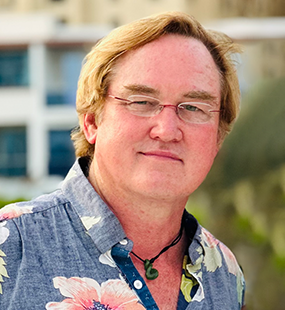
Mark McDonough
Founder, CEO & Data Scientist
Mark McDonough is a mystic who in his 20's promised himself that he would learn to meditate because every spiritual path has meditation as a core task in the pursuit of liberation. Forty years later, life slowed down enough to fulfill that promise.
In the meantime he became a tech entrepreneur and data scientist. He founded the IMBR to consolidate academic knowledge on EEG and meditation, build a cool meditation training app to shorten the road to proficiency, and invite meditation practitioners to advance meditation knowledge through citizen science.
Read More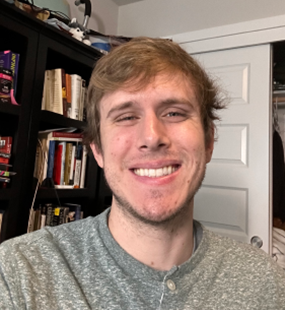
Dylan Beard
Protocol Developer
Dylan Beard (and Mark McDonough) did the hard slog of reading all those academic studies that form the basis of all GoDeeper protocols. Dylan developed the IMBR Academy and probably has a broader understanding of EEG and meditation than anyone else on the planet.

Kirstin Aschbacher
Fractional Chief AI Officer
Kirstin Aschbacher is an AI leader with over a decade of experience applying machine learning to complex physiological and behavioral data. At IMBR, she provides strategic leadership in algorithm development and model strategy to solve one of neuroscience's core challenges: decoding highly variable EEG signals during meditation.
Her work includes advanced signal processing, real-time biometrics, and scalable ML pipelines that support IMBR's mission to redefine meditation brainwave science. Kirstin previously led the AI team at SandboxAQ for AQMed's unshielded magnetocardiogram, served as Senior Director of Data Science at Meru Health developing an HRV biofeedback product, and published extensively as an Associate Professor at UCSF in Psychiatry and Cardiology.
Read More
Kell Julliard
Chief Meditation Officer
Kell is responsible for making sure that GoDeeper is a great fit for the meditation community. He is the voice of the GoDeeper coach that introduces each screen in the app. Kell has practiced several types of meditation, including the Mahamudra tradition of Vajrayana Buddhism as well as TM, Sufism and Qabalah.
He taught mindfulness to professionals at NYU Langone Health and other health care and educational organizations in New York City and is currently a senior facilitator for the Tergar Meditation Community's Joy of Living program. He served as director of clinical research for a large health system in Brooklyn for 25 years.
Read MoreApp Development Team: Milo Solutions

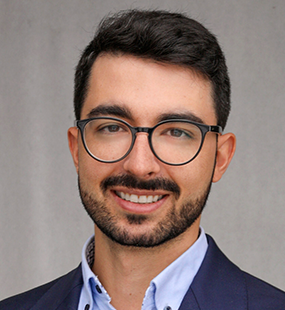
Jarosław Zbrzyzny
Tech Lead
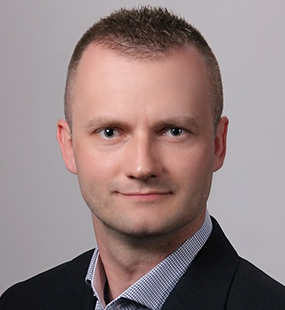
Mateusz Szefer
Senior Software Engineer
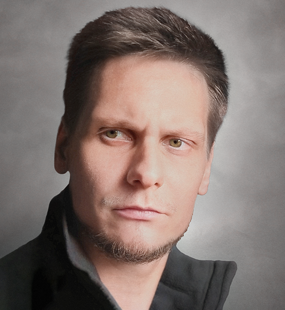
Marcin Maciaszczyk
Software Engineer
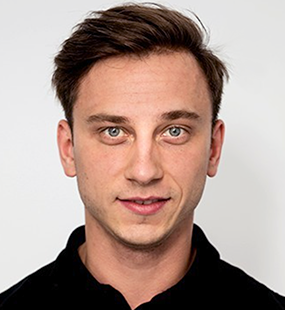
Marcin Orgacki
Quality Engineer
Jarosław Zbrzyzny is the chief app software architect at Milo Solutions for IMBR's GoDeeper project. He is in charge of the team that builds the mobile app, the web-based Coach Panel, and the IMBR website. The team code stores and visualizes the EEG data, creates tools to analyze it, and tracks the users' progress. All the developers are highly experienced specialists that have worked together for many years.
Signal Processing Team: Durham Systems


Stephen Clark
System Architect
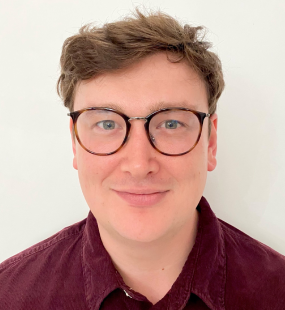
David Clark
Programmer
Stephen and David are a father and son programming team that do all the coding to get signals off the Muse and send it to their servers in England. Their servers analyze the EEG according to the metrics that make up protocols derived from academic studies. This analysis is synthesized into depth scores and delivered to the app in less than a second to give real-time neurofeedback.
Stephen also programs the current version of the Mind Mirror software for the Awakened Mind Institute. The Awakened Mind Institute has more experience with EEG based meditation training than any other organization on the planet. The original Mind Mirror was an analog processor built in the 1980's.
UX/UI Team: Still Ape


Jay Vidiyarthi
Founder & UX Strategist

Matt Wellman
Lead UI Designer
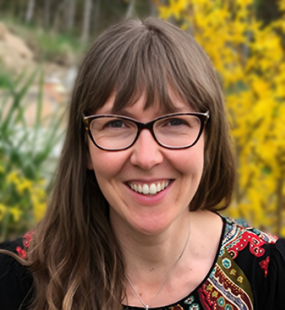
Taseyah Davies
Lead UX Researcher
Still Ape is the world's first UX design studio focused exclusively on mindfulness, compassion, and wellbeing. Jay and Matt were part of the original team that created the first Muse software. Taseyah ran user research interviews through multiple rounds of UX research.
Data Analysis Team
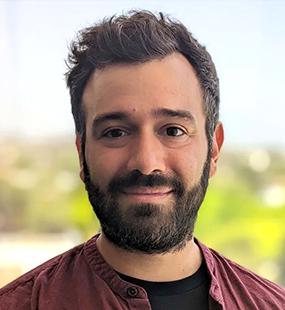
Nicco Reggente,
PhD
MATLAB Data Analytics for Recursive Feature Elimination
Nicco Reggente, PhD the co-founder & Principal Investigator at the Institute for Advanced Consciousness Studies.
Most relevant research: Reggente et al. 2024 Decoding Depth of Meditation - EEG Insights from Expert Vipassana Practitioners
The overarching theme of his research is the development of neuroimaging-informed, personalized neurotechnology to help individuals achieve desired outcomes. Nicco's research has spanned the domains of memory, consciousness, and psychiatric disorders. His current focus is on leveraging immersive technology to induce maximally beneficial qualia (e.g. meditative, entheogenic states) that can be captured and re-instantiated via neurofeedback. Dr. Reggente is passionate about creating research environments that combine academic rigor with startup culture, permitting for rapid deployment of empirically validated and ecologically valid neurotechnology. He received his PhD in Cognitive Neuroscience at UCLA in 2018 and still lectures there.
Read More
Sra Harke Pratma
MATLAB EEG feature extraction
Sra Hark Pratma is in charge of extracting over 1,000 EEG features for the EEG that comes of the Muse headband. He is exploring cut edge EEG metrics and working with Nicco on all the permutations of the recursive feature elimination process for different experimental groups.
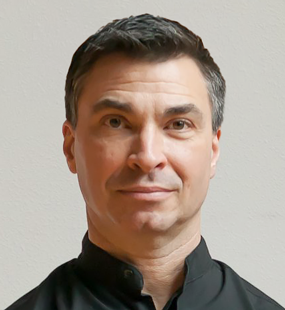
Jeff Tarrant,
PhD, BCN
Protocol Rationales & Tips
Jeff Tarrant, Ph.D., BCN is the founder and Director of the NeuroMeditation Institute in Eugene, Oregon. He is a licensed psychologist and board certified in neurofeedback. Dr. Tarrant specializes in teaching, clinical applications, and research combining technology-based interventions with meditative states for improved mental health.
His research focuses on exploring brainwave changes that occur as a result of contemplative practices, technological interventions, non-ordinary states of consciousness, & psi-related abilities. Dr. Tarrant is the author of the books, "Meditation Interventions to Rewire the Brain" and "Becoming Psychic". In addition to his clinical background, Dr. Tarrant has also trained extensively in a variety of spiritual and meditative practices, including Zen, Vipassana, Taoism/Qigong, Arhatic Yoga, and Mindfulness-Based Stress Reduction (MBSR).
Read More
Tiff Thompson,
PhD QEEGD, BCN, LMFT
Protocol Rationales & Tips
Tiff Thompson Ph.D. is a clinical neuroscientist, licensed psychotherapist, educator, quantitative EEG diplomate, and technologist. She is the founder and owner of the Santa Barbara clinic, NeuroField Neurotherapy website, where she offers quantitative electroencephalography (QEEG)-based functional brain consulting to clinicians concerning markers associated with traumatic brain injuries and mental health status.
She is the CEO and Founder of the School of Neurotherapy, an online and live education platform that hosts QEEG-D didactic training, EEG courses, neuromodulation training, and BCIA didactic training for Board Certification in Neurotherapy. She has worked in both neurology clinics and clinical settings, and has taught courses in Public Speaking, as well as Argumentation and Debate at the University of Maryland. Tiff has served as the Executive Director of the Western Association of Biofeedback and Neuroscience (formerly Biofeedback Society of California). She holds two Master's degrees, as well as a PhD in Psychology; her dissertation was on the intersection between electroencephalography (EEG) and the psychodynamic model of the psychology.
Read More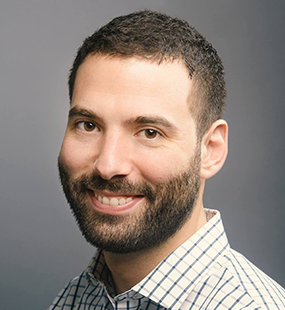
Toby Sola
Brightmind App Founder
Protocol Rationales & Tips
Toby Sola is the founder of the Brightmind Meditation app. Toby's craft as a meditation teacher has been refined through years of monastic training, close collaboration with the world-renowned teacher Shinzen Young, and over two decades of experience practicing, researching, and teaching meditation.
Toby's motto is, make it as simple as possible, but no simpler. So he takes deep and transformative practices, and explains them in simple and practical ways. Making things as simple as possible--but not any simpler--leads to efficient and effective learning and growth.
Read MoreCommunications & Logistics Team
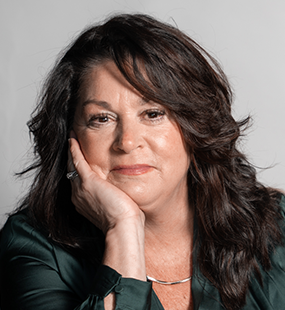
Susan LaPlante-Dube
HubSpot Ninja
Owned a full-service outsourced marketing and PR firm for 23 years. She sold her company to do her marketing magic as a freelancer for worthy projects. IMBR was lucky to qualify. Susan also took the bold move to follow her bliss and pursue her passion in culinary training.
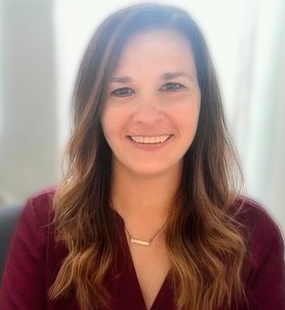
Amy Klewiec
Queen of GSD
A chameleon over her career, Amy has seamlessly transitioned into new roles, quickly mastering each one and exceeding expectations. Her proactive approach is unmatched - as soon as we think something needs to be done, Amy has already anticipated it and done it.
We are implementing a full CRM to track and manage communications & logistics with thousands of meditation teaching centers, podcasts, and supporters.
Would you like to:
- Contribute your brainwaves to meditation science,
- Get in-depth reports on your brainwaves in each session, and
- Receive tips on how to deepen your practice based on the brainwaves during your session?